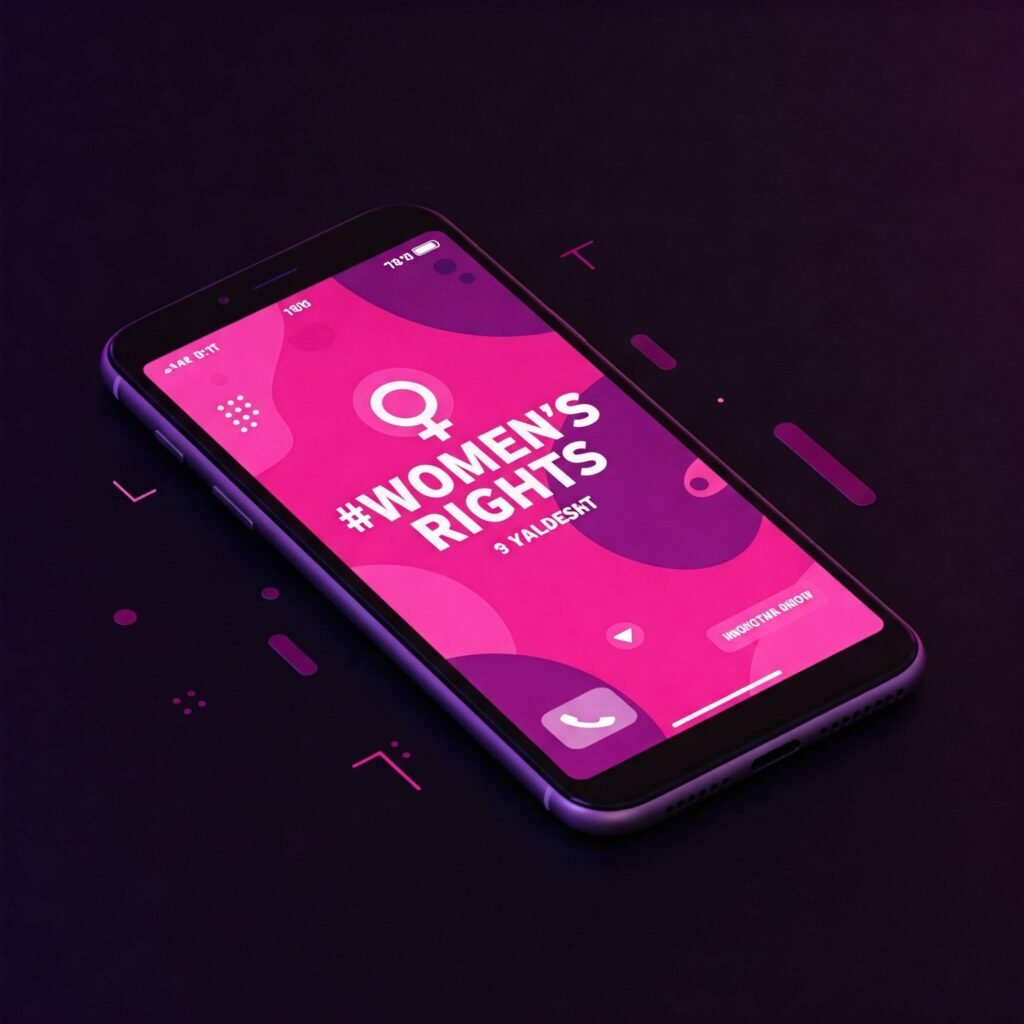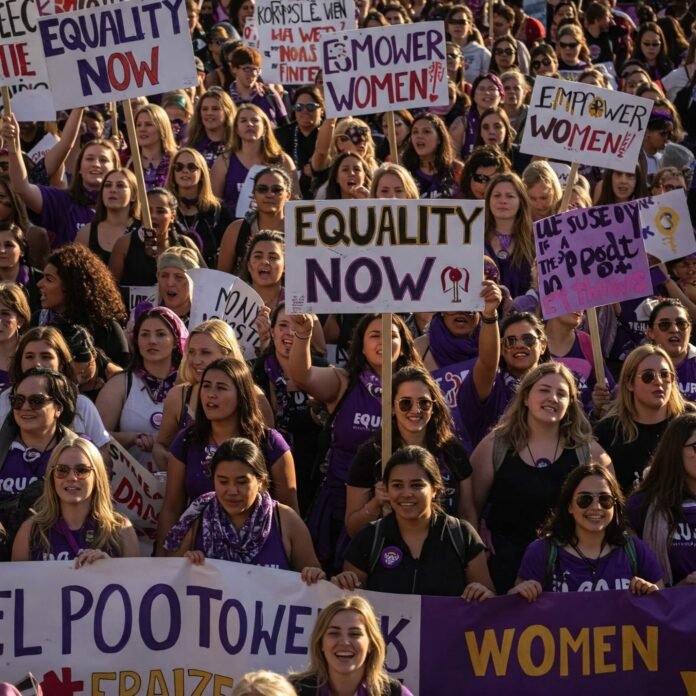Joining women’s rights movements is a powerful way to advocate for gender equality and create lasting change. Whether you’re new to activism or a seasoned advocate, your efforts can make a real impact. This guide offers actionable steps, real-world examples, and insights to help you get involved in women’s rights movements effectively.
Why Join Women’s Rights Movements?
Women’s rights movements fight for equality, justice, and empowerment across the globe. From securing voting rights to advocating for equal pay, these movements have driven historic change. According to the World Bank, gender equality boosts economies by up to 5.4% in some regions, proving the ripple effect of advocacy.
Getting involved means amplifying marginalized voices and shaping a fairer future. Ready to join women’s rights movements? Here’s how to start.

5 Practical Ways to Join Women’s Rights Movements
1. Educate Yourself on Women’s Rights Issues
Knowledge is the foundation of impactful activism. To join women’s rights movements, start by understanding key issues like gender-based violence, workplace inequality, and reproductive rights. Resources like UN Women offer data-driven insights into global gender challenges.
- Actionable Tip: Read books like The Moment of Lift by Melinda Gates or follow organizations like NOW for updates.
- Example: Sarah, a college student, started a book club to discuss feminist literature, sparking local activism.
Outbound link: UN Women

2. Volunteer with Women’s Rights Organizations
Volunteering is a direct way to join women’s rights movements. Organizations like Planned Parenthood or local shelters often need support for events, fundraising, or outreach.
- How to Start:
- Search for local nonprofits on VolunteerMatch.
- Offer skills like writing, graphic design, or event planning.
- Attend community meetings to network with advocates.
- Example: Maria volunteered at a women’s shelter, helping organize workshops that empowered survivors.
Outbound link: Planned Parenthood
3. Amplify Voices on Social Media
Social media is a powerful tool for women’s rights activism. Share stories, statistics, and campaigns to raise awareness. Use hashtags like #GenderEquality or #WomensRights to connect with global movements.
- Best Practices:
- Follow activists like Tarana Burke, founder of #MeToo.
- Share credible sources to combat misinformation.
- Engage with followers to foster discussions.
- Example: A viral Twitter thread by activist Jane inspired 10,000 people to sign a petition for equal pay.
Outbound link: NAACP’s report on racial justice

4. Advocate for Policy Change
Joining women’s rights movements often means pushing for systemic change. Contact lawmakers, sign petitions, or attend rallies to support policies like paid family leave or anti-discrimination laws.
- Steps to Advocate:
- Use tools like GovTrack to track relevant legislation.
- Write letters to representatives using templates from Amnesty International.
- Join protests organized by groups like Women’s March.
- Data Point: In 2023, advocacy led to 15 countries passing stronger laws against gender-based violence, per Human Rights Watch.
5. Support Women-Owned Businesses
Economic empowerment is a cornerstone of women’s rights. By supporting women-owned businesses, you contribute to financial independence and equity.
- How to Do It:
- Shop at women-led brands listed on Buy Women Built.
- Promote female entrepreneurs on social media.
- Attend local markets featuring women artisans.
- Example: Emma’s campaign to buy from women-owned businesses boosted a local bakery’s revenue by 20%.
Overcoming Common Challenges in Women’s Rights Activism
Fear of Backlash
Advocacy can attract criticism. To stay resilient, join women’s rights movements with strong community support. Connect with mentors or online groups like Feminist Majority for encouragement.
Time Constraints
Busy schedules can make activism feel daunting. Start small—donate $5 to a cause, share a post, or attend a one-hour event. Every action counts.
Feeling Overwhelmed
The scope of gender inequality can feel paralyzing. Focus on one issue, like workplace equity, and build from there. Celebrate small wins to stay motivated.
The Impact of Joining Women’s Rights Movements
Your involvement can create a domino effect. For example, the #MeToo movement, sparked by grassroots activism, led to policy changes in over 30 countries. By joining women’s rights movements, you’re part of a global push for justice.
- Key Takeaway: Every step—whether volunteering, advocating, or educating—moves the needle toward equality.
- Call to Action: Pick one action from this guide and start today. Share your journey with #JoinWomensRights to inspire others



































